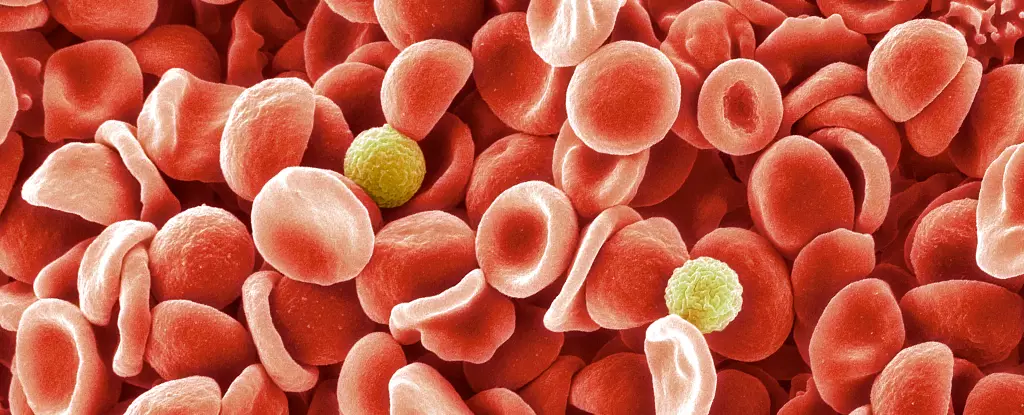In a fascinating turn of events, a pregnant woman’s blood sample taken in 1972 has culminated in the identification of a previously unknown blood group system, termed the MAL blood group. This remarkable discovery, published by a collaborative team of researchers from the UK and Israel in September 2023, reflects decades of persistent scientific inquiry into a perplexing anomaly. Dr. Louise Tilley, a hematologist with the UK National Health Service and a long-time advocate in the field, emphasized the significance of this achievement. After nearly twenty years of research, it underscores how even the most esoteric findings can lead to transformative advancements in medical understanding and patient care.
Most individuals are familiar with the ABO blood group classification and the Rhesus factor, which dictates whether one’s blood type is positive or negative. However, these classifications are merely the tip of the iceberg in a much more nuanced system of blood group categorization that comprises numerous additional systems based on specific glycoproteins and cell-surface markers. These antigens are crucial, as they function as identifiers, enabling the immune system to differentiate between one’s own cells and those that are foreign. The presence or absence of these markers becomes a matter of life and death during blood transfusions, highlighting the critical necessity of compatible blood matching.
The scientific community has made significant strides in understanding blood groups; most were delineated in the early to mid-20th century. Despite advancements, newer blood groups like the recently identified Er blood group system or the MAL blood group often impact a much smaller demographic, which was a contributing factor to the prolonged investigation into the anomaly discovered in 1972.
The quest to define the MAL blood group system presented numerous challenges, particularly due to the rarity of genetic cases and the elusive nature of the AnWj antigen absent in the 1972 patient’s blood. Approximately 99.9% of the general population possesses this antigen, which is associated with a myelin and lymphocyte protein. The team postulated that a mutation in the MAL genes led to the formation of AnWj-negative blood, complicating the search for affected individuals.
Through their research, Tilley and her team identified three patients lacking this antigen but possessing mutations suggesting a different pathway to the AnWj-negative state. Remarkably, the newfound knowledge regarding the MAL mutation not only highlights genetic variations but also sheds light on the potential suppression of the antigen due to underlying blood disorders.
A pivotal aspect of this discovery is understanding the functionality of the MAL protein itself. Beyond its role as a simple identifier, the MAL protein’s contributions to cellular integrity and transport have ignited further lines of inquiry into cellular mechanisms. Its compact size and unique properties complicated the identification process, necessitating diverse investigative approaches to gather sufficient evidence.
To conclusively link the MAL gene to the blood group, the researchers inserted the normal MAL gene into AnWj-negative blood cells. This manipulation resulted in the expression of the missing antigen, validating the complex relationship between genetics and blood typing systems.
With the genetic underpinnings of the MAL blood type now clearer, healthcare providers can more effectively assess whether a patient’s AnWj-negative status results from inherited mutations or transitory suppression. This differentiation may carry significant medical implications, as suppressed antigens could indicate more profound underlying health issues.
Understanding rare blood types is not merely a scientific curiosity but a potential lifesaver for patients with unique hematological profiles. The identification of the MAL blood group system enhances our collective knowledge and brings us closer to more personalized medical care. Greater awareness of these anomalies within blood classifications can lead to improved diagnostic methods, more tailored treatments, and, ultimately, better health outcomes for those affected. The path from a simple blood draw to groundbreaking discoveries illustrates the intricate connections within the field of science and the importance of diligent investigation—often, it is the rarest events that yield the most critical insights.


Leave a Reply